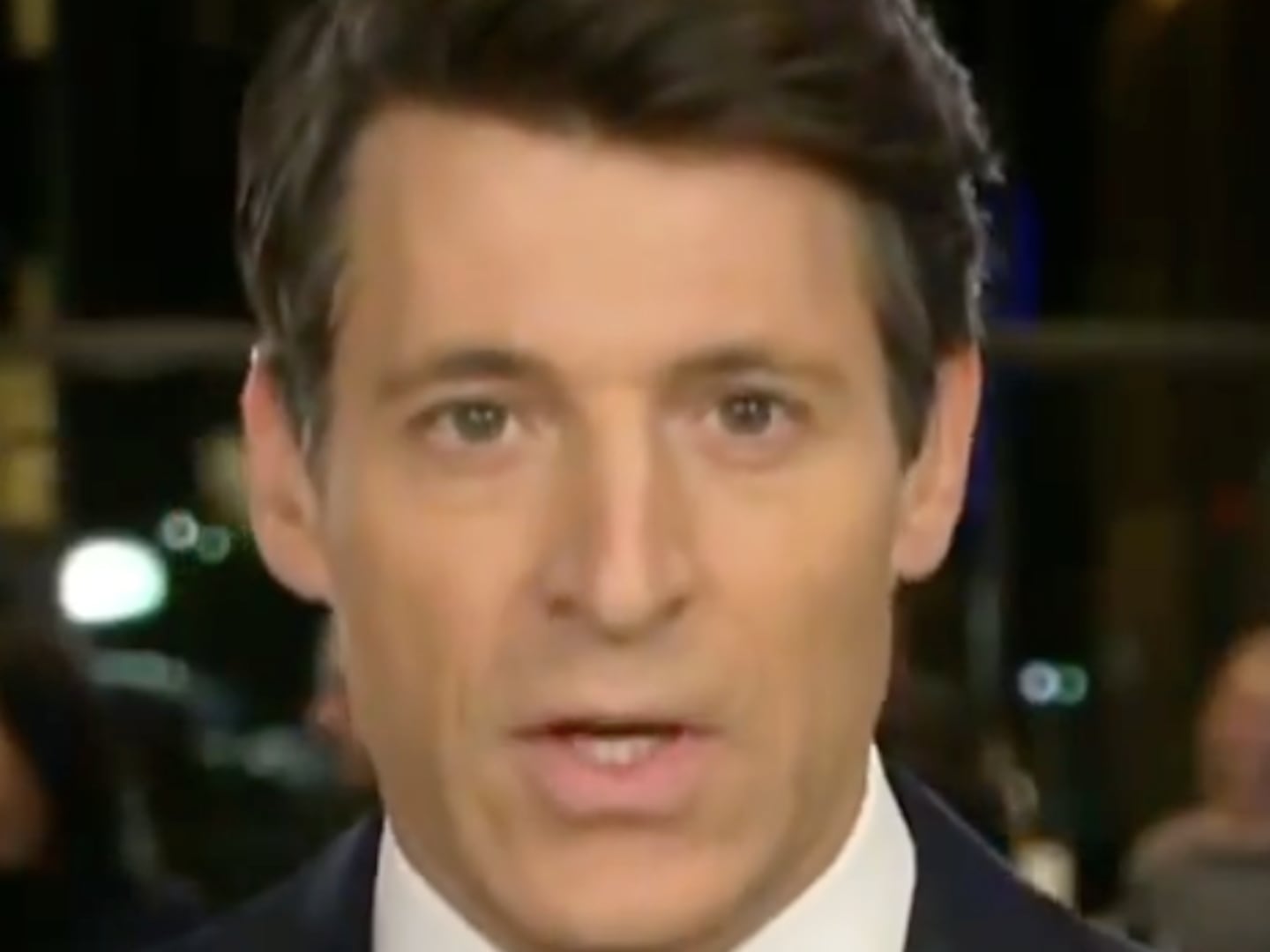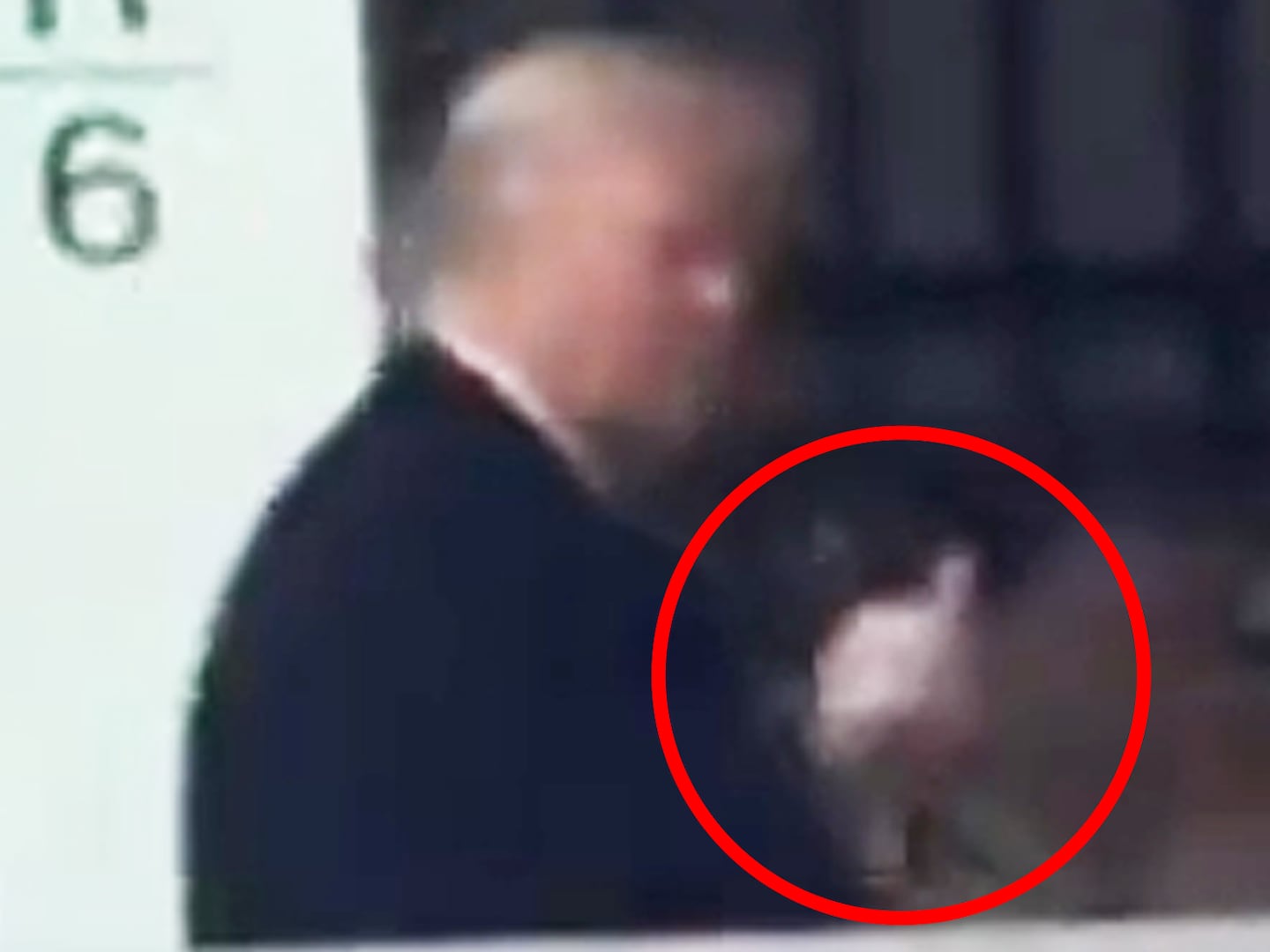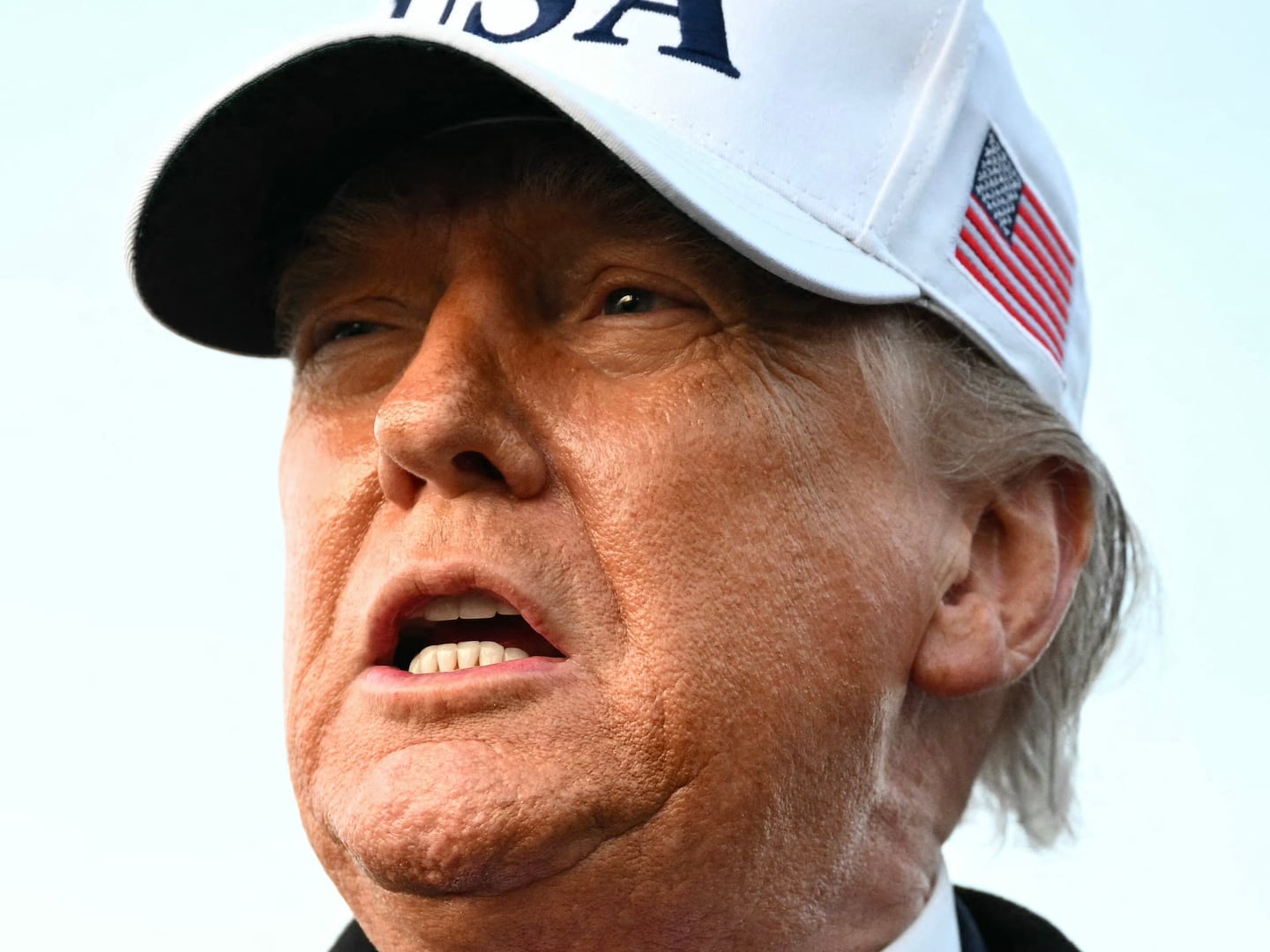With so much ink spilled on the prospects of a Trump presidency, far less attention is being devoted to the more likely scenario of a Hillary Clinton presidency. When there has been sustained speculation, it’s typically been either biographical or ideological: how would her storied professional and personal life, or her sometimes unclear political beliefs, shape her behavior in office?
At least as important to understanding any presidency, however, is determining where that chief executive resides within larger cycles of history and politics. Such a perspective strongly suggests that a Clinton presidency would be one of “articulation” and would bear most similarity to those of Harry Truman (1945-53), Lyndon Johnson (1963-69), and George H. W. Bush (1989-1993).
The term “articulation” comes from the four-part typology (also including “reconstruction,” “disjunction,” and “preemption”) created by political scientist Stephen Skowronek in his now-classic 1997 book The Politics Presidents Make. Skowronek argues that a key to locating presidents in “political time” is to determine whether they are opposed to, or aligned with, the prevailing political paradigms of their time, and then to assess whether those structures and ideologies remain resilient or have grown vulnerable to challenge.
Many of the presidents now considered to be “great” were those who were opposed to existing political paradigms at a time when those paradigms had become vulnerable, and who went on to carry out a reconstruction of politics and government. Both FDR and his New Deal Coalition, beginning in 1932, and Ronald Reagan and his Republican revolution, starting in 1980, fit this mold by successfully defining and then enacting a bold departure from the then-existing system.
Since FDR and Reagan are the quintessential reconstructing presidents of the 20th century, their immediate predecessors are doomed to seem weak and ineffectual by comparison. This is due not so much a failure of effort or ability, necessarily, but to the near-impossibility of sustaining paradigms that had become vulnerable to challenge. Herbert Hoover’s defense of traditional laissez-faire Republican policies seemed hopelessly inadequate in the aftermath of the Depression. Jimmy Carter’s attempts to govern as an old-school Democrat contributed to a malaise-ridden restlessness for new approaches. Both of these much-maligned presidents fall into Skowronek’s unenviable category of being a “disjunction” between tired old thinking and radical new ideas.
Presidents who run directly against the partisan and political tenor of their times are in the riskiest of the four categories. Such presidents include Richard Nixon and Bill Clinton, who both faced Congressional majorities of the opposition party and, consequently, fierce resistance, sustained scandal, and processes of impeachment. Presidents practicing the tentative politics of preemption often leave a policy legacy at odds with their party’s priorities, such as Nixon’s expansion of affirmative action and environmental protection programs, or Clinton’s enactment of right-leaning policies on welfare reform and crime.
By contrast, presidents who aligned with, rather than ran against, the currents of their times engaged in “articulation”—the careful expansion and fine-tuning of paradigms already put in place by their predecessors. Among Democrats, these include the programs of Truman’s Fair Deal and Johnson’s Great Society, both of which were explicit extensions of the New Deal. Among Republicans, George H.W. Bush essentially campaigned to win a third term for Reagan, and thereby perpetuate and protect his conservative legacy.
Arguing that Hillary Clinton would be a president of articulation requires some significant assumptions about where the last two presidents fit in the cycles of political history. Still, it hardly seems difficult to view the presidency of George W. Bush as an implosion of the Reagan revolution. (The Trump candidacy, of course, further reinforces the notion that the Republican establishment has collapsed.) If Bush 43 represented a disjunction like that of Hoover or Carter, then we would logically expect his successor to be a reconstructing president like FDR or Reagan. While many might disagree, and the final verdict is still out, it may well be that the slow-and-steady, cumulative impact of the Obama presidency may be achieving the transformational quality that Obama himself set as a benchmark in 2008.
It is notoriously difficult, and sometimes even a fool’s errand, to apply historical frameworks to contemporaneous events. Still, a number of parallels with Hillary Clinton and other articulating presidents are easy enough to see.
Truman, Johnson, and “Bush 41” had all been vice presidents; two of them (Johnson in 1960 and Bush in 1980) had run against, and lost to, the charismatic presidents who made them VPs.
All three were widely viewed as lacking the polish, eloquence, and vision of the presidents who preceded and to varying degrees overshadowed them. Indeed, Truman seemed all-too-human in the wake of the towering FDR, and more of a faithful servant of the New Deal rather than a bold leader in his own right. For better or worse, much of Johnson’s tenure was largely defined by the tragedy of John F. Kennedy’s assassination and by his unfinished “New Frontier” domestic agenda and also his tentative forays into Vietnam. Bush 41 eschewed the “vision thing” and positioned himself as the caretaker of the newly established conservative regime.
All three also found it challenging to secure their own clear-cut political identities and had serious problems with reelection. None of the three served two full terms.
Granted, Hillary Clinton was never a vice president, but she was the top Cabinet official for the president who defeated her in the party primaries. And she is also indelibly associated with the presidential term of an earlier Democratic president, so much so that the former first lady and secretary of state has repeatedly felt compelled to state that she is not running for her husband’s, or for Obama’s, third term. Clinton’s calling card, then, is deep experience within and knowledge of the existing system, and a dogged dedication to defending it. Her main claim to being a pathbreaker relates to her gender.
Compared to Obama’s cool, or to Bernie Sanders’s heat, Clinton strikes many as lukewarm and technocratic. Even one of her most resonant descriptions of herself is wonky: “a progressive who likes to get things done.” Her major policy prescriptions include the fine-tuning of the Affordable Care Act; the incremental reform of education, criminal justice, and environmental policy; and the safeguarding of existing American interests around the globe. On issue after issue, Clinton suggests few innovations or new directions, but rather a perpetuation—an articulation—of the best of policies, priorities, and paradigms that are already mostly in place.
And yet… Being a president of articulation is by no means synonymous with having an inconsequential presidency. Truman desegregated the armed forces, and Johnson pushed through the Civil Rights and Voting Rights Acts. FDR may have led the nation through World War II but it was Truman who won the ensuing peace through his decisions in the early Cold War. Reagan helped force the collapse of the Eastern bloc, which Bush 41 brought through to a victorious conclusion. Truman expanded Social Security, Johnson launched Medicare and Medicaid, and Bush 41 championed the Americans with Disabilities Act. Among them, they issued more than 300 vetoes, appointed nearly 100 Cabinet-level officials, and nominated eight justices who collectively have served for more than a century on the Supreme Court.
So for those voters already inclined to approve of the Obama years, the idea of a successor focused on “articulation” is not a second-best choice but rather a first-rate match with a particular moment in political time. For those who criticize the Obama years from the left, Clinton will bring about no political revolutions—but she will at least protect the incremental center-left policy advances of the past eight years. But the stakes are highest for those who oppose Obama from the right. For them, a Hillary Clinton presidency would mark not just the loss of a battle, but of, perhaps, the whole war.
Raymond A. Smith, Ph.D., a senior fellow with the Progressive Policy Institute, teaches political science at Columbia and NYU and is author of Importing Democracy: Ideas from Around the World to Reform and Revitalize American Politics and Government.






